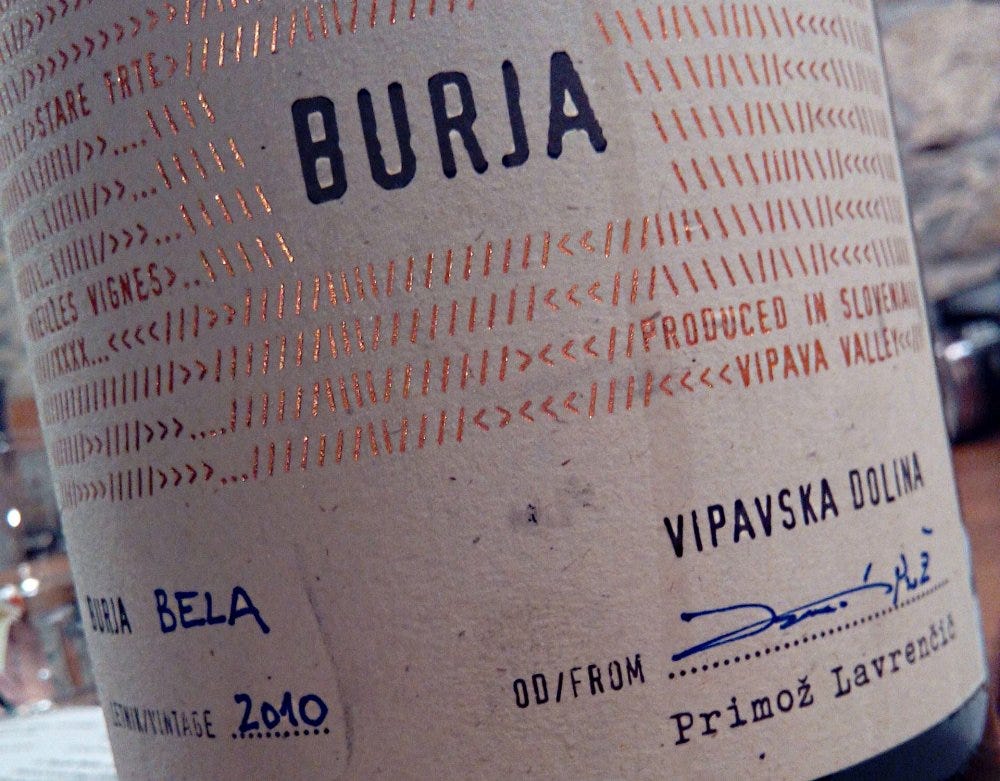Last week's wine was definitely an edge case, with only two days of maceration, yet utterly inhabiting the "orange wine" end of the flavour spectrum. Here's another.
Primož Lavrenčič's 7.4 hectares are situated in the stunning Vipava valley, about 40 km east of the Italian border. Vipava is interesting for having one of the oldest documented traditions o…
Keep reading with a 7-day free trial
Subscribe to The Morning Claret to keep reading this post and get 7 days of free access to the full post archives.




